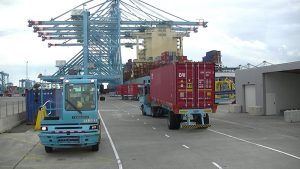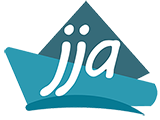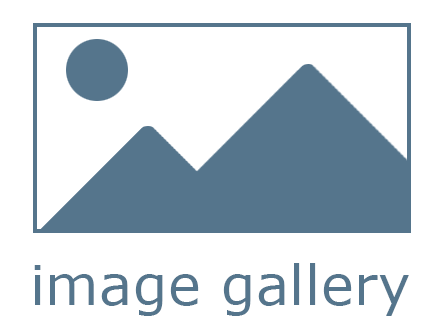 Rotterdam is the largest port in Europe. Between 1962 and 2004, the port was even the largest in the world. It is a transshipment port and an industrial port: cars, computers, chemicals, oil, coal, fruit, vegetables and many other products find their way to around five hundred million people in Europe via trucks, barges and railways. Rotterdam is one of three engines that power the Netherlands: the port accounts for 6.2 percent of the GNP of the Netherlands. The other two engines are Amsterdam with Schiphol Airport, and the area around Eindhoven with its information technology. The Netherlands is the most internationally connected country in the world.
Rotterdam is the largest port in Europe. Between 1962 and 2004, the port was even the largest in the world. It is a transshipment port and an industrial port: cars, computers, chemicals, oil, coal, fruit, vegetables and many other products find their way to around five hundred million people in Europe via trucks, barges and railways. Rotterdam is one of three engines that power the Netherlands: the port accounts for 6.2 percent of the GNP of the Netherlands. The other two engines are Amsterdam with Schiphol Airport, and the area around Eindhoven with its information technology. The Netherlands is the most internationally connected country in the world.
Rotterdam has an ancient history. At the bottom of the North Sea, during the construction of the Second Maasvlakte, tools of Neanderthals of about 100,000 years old have been found. The Neanderthals were a human race before our human species, the Homo Sapiens. Fishing gear and spearheads have been found of nomadic hunters from 10,000 years ago, as well as farm tools and pottery from our era. From the eighth and ninth centuries people settled on the banks of the river Rotte, a tributary river of the Nieuwe Maas. From this originated the village of Rotta. That became flooded by the compacting of the peaty soil. Around 1270 a dam was laid in the Rotte: the beginning of Rotterdam. In 1299 Rotterdam received city rights. St. Laurens Church was completed in 1525. It is still standing there, as one of the few remains of the late medieval past. Close to the church stands a statue of Desiderius Erasmus (1469-1536), the most important philosopher in the Netherlands.
During the Eighty Years’ War against Spain (1568-1648), the port was expanded. In 1648 the Netherlands became an independent country; it was detached from the German Empire. Rotterdam had 20,000 inhabitants at the beginning of the seventeenth century, and 50,000 at the end of the century.
The rapid growth in the nineteenth century was related to the great changes in Germany. In 1871, German unity was established under the leadership of the Prussian politician Otto von Bismarck. Before that, Germany was a patchwork of dozens of larger and smaller states. The new, extensive German empire soon changed from an agricultural economy to an important industrial state. And the port of Rotterdam benefited from this: the port became the gateway to the industrial areas on the Rhine and Ruhr.
To stimulate the growth of the ports of Rotterdam and Amsterdam, big channels were dug through the dunes to the North Sea. The Nieuwe Waterweg was completed in 1872. It became a busy waterway. Rotterdam grew rapidly. Local villages were annexed and became urban districts; new ports were dug, such as the Waalhaven, the Rijnhaven and the Maashaven. Farm workers came to the city from far to work in the ports.
In May 1940, at the beginning of the Second World War, the center of Rotterdam was, completely unexpected, destroyed by German bombers, to force the Netherlands to a rapid capitulation. This was a barbaric intervention, which Allied forces would later employ against German cities. After the war, the city center was not restored as it had been, but was rebuilt, with office towers, high-rise apartment buildings, new shopping streets. Workers and immigrants came to the bustling city. There live now about 170 different nationalities, the city has 624,000 inhabitants, half of them have a foreign background.
New ports and industrial areas were created in the direction of the North Sea and even in the North Sea: the Botlek area, the Europoort, the First Maasvlakte, the Second Maasvlakte. There are two almost fully automated container terminals on the Second Maasvlakte and the largest container ships in the world can moor. Huge foundation piles are also being assembled for offshore wind farms.




